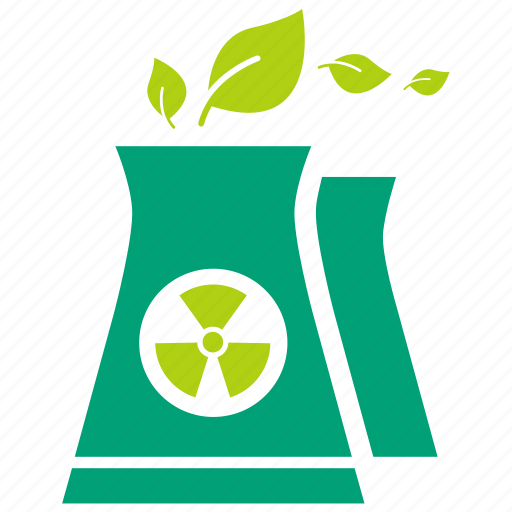Source: https://www.world-nuclear-news.org/Articles/Sixth-NuScale-SMR-simulator-opens-in-Korea
NuScale Power Corporation has announced the opening of the first privately-funded NuScale Energy Exploration Centre (E2 Centre) at Seoul National University (SNU) in partnership with GS Energy Corporation, Doosan Enerbility and Samsung C&T Corporation.
The E2 Centre offers users a hands-on opportunity to apply nuclear science and engineering principles through simulated, real-world nuclear power plant operation scenarios. The E2 Centre employs state-of-the-art computer modeling to simulate a NuScale VOYGR-12, 924 MWe, small modular reactor (SMR) plant powered by 12 NuScale Power Modules.
“As the first E2 Centre in Asia, the educational training hub serves as a workforce development tool for South Korea to develop the next generation of advanced nuclear experts, technologists, and operators, positioning the country to become a regional leader of SMR deployment in Asia,” NuScale said.
“NuScale’s groundbreaking SMRs are years ahead of the global competition as the only advanced nuclear technology with US Nuclear Regulatory Commission approval, and today’s opening of the E2 Centre allows South Korea to advance its position as a global leader in clean energy,” said NuScale Co-Founder and Chief Technology Officer José Reyes. “With the support of our partners GS Energy, Doosan, Samsung C&T, and Seoul National University, we are excited to reach this new milestone in our collaboration to advance the shared goal of global decarbonisation.”
“The E2 Centre provides our students with an unrivaled opportunity to engage in hands-on SMR operations, cultivating the expertise essential for leading the global clean energy transition,” said Professor Eung Soo Kim, Head of SNU’s Department of Nuclear Engineering. “We are proud to be the first institution in Asia to integrate NuScale’s state-of-the-art simulation technology into our curriculum.”
The first centre opened at Oregon State University in November 2020, followed by a second at the University of Idaho at the Center for Advanced Energy Studies in August 2021. The third centre is located at Texas A&M’s Engineering Experiment Station and opened in November 2021. The fourth one opened in October 2022 in Pocatello, Idaho, in collaboration with Idaho State University.
The first E2 Centre outside the USA opened at the University Politehnica of Bucharest in Romania in May this year.
The NuScale Power Module on which the VOYGR nuclear power plants are based is a pressurised water reactor with all the components for steam generation and heat exchange incorporated into a single 77 MWe unit. The company offers a 12-module VOYGR-12 power plant is capable of generating 924 MWe as well as the four-module VOYGR-4 (308 MWe) and six-module VOYGR-6 (462 MWe) plants and other configurations based on customer needs.
Doosan Enerbility - under its former name of Doosan Heavy Industries & Construction - in 2019 signed a business collaboration agreement with NuScale for the supply of NuScale Power Modules and other equipment. Together with Korean financial investors, the company has made an equity investment of nearly USD104 million in NuScale Power.
In May, private power generation company GS Energy signed a memorandum of understanding with Uljin County in North Gyeongsang Province, South Korea, to consider the use of NuScale Power’s SMR technology to provide heat and power to the planned Uljin Nuclear Hydrogen National Industrial Complex.
A pilot six-module plant had been planned to be built near Idaho Falls in the USA as the Utah Associated Municipal Power Systems (UAMPS)-led Carbon Free Power Project, expected to be operational by 2030. However, UAMPS and NuScale last week announced they had mutually agreed to terminate the project.
honestly i’m mostly just psyched that my SMR holdings are finally realizing profit.
@Emil Korea is far less susceptible to fossil fuels disruptive tactics - especially in regulation, finance and construction extortion. Good news.
@NuModular @Emil It’s still a markedly polaric differential, between a modern, first-world country like the US, and these ‘third’ world countries affecting more sustainable upgrades. And with corollary reductions in demographics amongst more authoritarian/communist countries, along with destabilizing war and economic scales, the swing becomes even more of a steep decline, instead of a sustainable oscillation to-and-fro.



